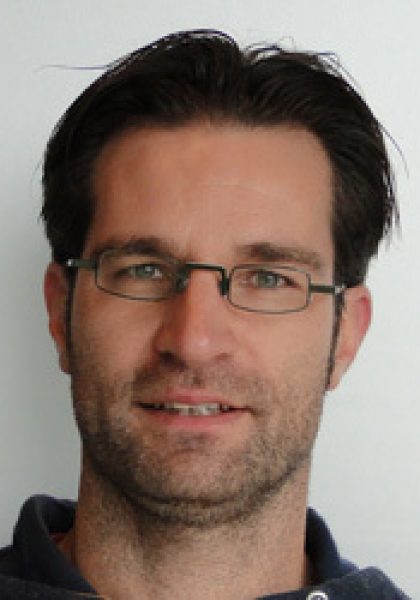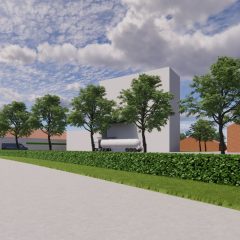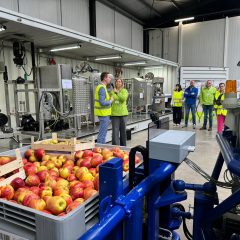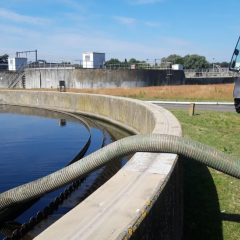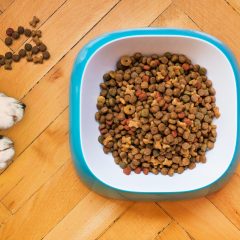Research project Utilization of wood fiber and waste streams for sustainable and circular growing media in horticulture (SUBTECH 2.0)

General introduction
SUBTECH 2.0 targets new peat-free cultivation substrates for both professional use and the hobby market, incorporating a maximum of locally composted waste streams. Interest in not-full-ground cultivation is increasing for a number of reasons, including ongoing climate change which makes weather conditions less predictable and increases the risk of poor production results in outdoor horticulture. Problems with disease and damaged plants are also increasing.
Sheltered growing systems (in growing substrates) can provide better and more stable yields over a longer production period due to the more controlled environment. However, this soilless horticultural production still relies heavily on unsustainable materials (peat, mineral wool and perlite) as growing substrates. This research project overcomes that bottleneck. The researchers also design new, fully biodegradable substrate mats for greenhouse vegetable production.
Research approach
Based on chemical characterization and plant trials, the wood fiber and compost properties for optimal plant growth are defined. This knowledge is used to produce peat-free growing media based on mixtures of recycled waste products, wood fibers and other sustainable materials. In addition, fully biodegradable wood-fiber-based growing mats for vegetable cultivation are developed and tested. Precise fertilization schedules that improve plant performance in these new substrates are then formulated. Broad testing of the developed cultivation substrates and their fertilization guarantees the suitability of the system and provides a basis for high and stable production of good quality plants.
Relevance/Valorization
This project has a link to policy in Norway, a peat exporting country: To increase carbon sequestration, the Norwegian government decided to phase out peat use. The Norwegian Environment Agency is beginning to ban new peat extraction on a trajectory toward a total ban within 15 years. Imports of peat will also be restricted. In parallel, alternatives to peat via substitute substrate raw materials are to be developed. A second link is the price of classical substrate components: the volatile energy market led to less predictable prices and availability of imported mineral wool and perlite. Both of these situations could undermine (Norwegian) greenhouse production.
